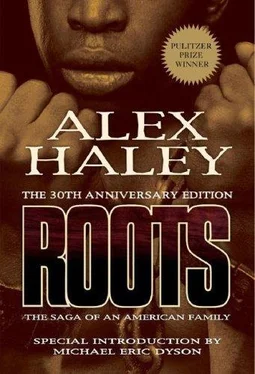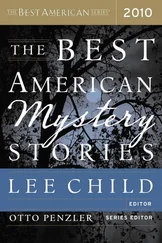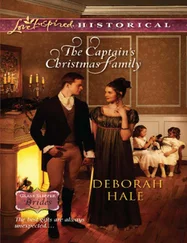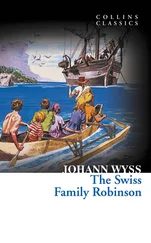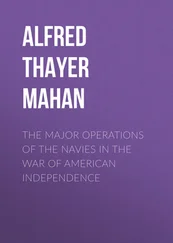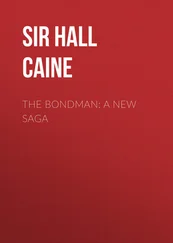Of that second set of eight children, the youngest was a little girl named Cynthia, who was two years old when her father, Tom, and grandfather, Chicken George, led a wagon train of recently freed slaves westward to Henning, Tennessee, where Cynthia met and at the age of twenty-two married Will Palmer.
When I had been thoroughly immersed in listening to accounts of all those people unseen who had lived away back yonder, invariably it would astonish me when the long narrative finally got down to Cynthia . . . and there I sat looking right at Grandma! As well as Aunt Viney, Aunt Matilda, and Aunt Liz, who had ridden right along with Grandma—her older sisters—in the wagon train.
I was there at Grandma’s in Henning until two younger brothers had been born, George in 1925, then Julius in 1929. Dad sold the lumber company for Grandma, and moved now into being a professor of agriculture with Mama and we three boys living wherever he taught, the longest period being at A&M College at Normal, Alabama, where I was in some class a morning in 1931 and someone came with a message for me to hurry home, and I did, hearing Dad’s great wracking sobs as I burst into the door. Mama—who had been sick off and on since we had left Henning—lay in their bed, dying. She was thirty-six.
Every summer, George, Julius, and I spent in Henning with Grandma. Noticeably something of her old spirit seemed to have gone, along with both Grandpa and Mama. People passing would greet her in her white-painted rocker there on the front porch, “Sister Cynthy, how’s you doin’?” and she generally would answer them, “Jes’ settin’—”
After two years, Dad married again, to a colleague professor who was named Zeona Hatcher, from Columbus, Ohio, where she had gotten her master’s degree at Ohio State University. She busied herself with the further raising and training of we three rapidly growing boys, then she gave us a sister named Lois.
I had finished a second year in college and at seventeen years of age enlisted into the U. S. Coast Guard as a messboy when World War II happened. On my cargo-ammunition ship plying the Southwest Pacific, I stumbled onto the long road that has taken me finally to the writing of this Roots.
At sea sometimes as long as three months, our crew’s really most incessant fighting wasn’t of enemy aerial bombers or submarines, but our fighting of sheer boredom. At Dad’s insistence, I’d learned to type in high school, and my most precious shipboard possession was my portable typewriter. I wrote letters to everyone I could think of. And I read every book in the ship’s small library or that was owned and loaned by shipmates; from boyhood, I’d loved reading, especially stories of adventure. Having read everything on board a third time, I guess simply in frustration I decided I’d try writing some stories myself. The idea that one could roll a blank sheet of paper into a typewriter and write something on it that other people would care to read challenged, intrigued, exhilarated me—and does to this day. I don’t know what else motivated and sustained me through trying to write, every single night, seven nights a week—mailing off my efforts to magazines and collecting literally hundreds of their rejection slips—across the next eight years before my first story was bought.
After the war, with one or another editor accepting a story now or then, the U. S. Coast Guard’s hierarchy created for me a new rating—“journalist.” Writing every hour I could, I got published more; finally in 1959 at age thirty-seven, I’d been in the service for twenty years, making me eligible to retire, which I did, determined to try now for a new career as a full-time writer.
At first I sold some articles to men’s adventure magazines, mostly about historic maritime dramas, because I love the sea. Then Reader’s Digest began giving me assignments to write mostly biographical stories of people who’d had dramatic experiences or lived exciting lives.
Then, in 1962, I happened to record a conversation with famous jazz trumpeter Miles Davis that became the first of the “ Playboy Interviews.” Among my subsequent interview subjects was the then-Nation of Islam spokesman Malcolm X. A publisher reading the interview asked for a book portraying his life. Malcolm X asked me to work with him as his collaborator, and I did. The next year was mostly spent intensively interviewing him, then the next year in actually writing The Autobiography of Malcolm X, which, as he had predicted, he hadn’t lived to read, for he was assassinated about two weeks after the manuscript was finished.
Soon, a magazine sent me on an assignment to London. Between appointments, utterly fascinated with a wealth of history everywhere, I missed scarcely a guided tour anywhere within London’s area during the next several days. Poking about one day in the British Museum, I found myself looking at something I’d heard of vaguely: the Rosetta Stone. I don’t know why, it just about entranced me. I got a book there in the museum library to learn more about it.
Discovered in the Nile delta, I learned, the stone’s face had chiseled into it three separate texts: one in known Greek characters, the second in a then-unknown set of characters, the third in the ancient hieroglyphics, which it had been assumed no one ever would be able to translate. But a French scholar, Jean Champollion, successively matched, character for character, both the unknown text and the hieroglyphics with the known Greek text, and he offered a thesis that the texts read the same. Essentially, he had cracked the mystery of the previously undeciphered hieroglyphics in which much of mankind’s earliest history was recorded.
The key that had unlocked a door into the past fascinated me. I seemed to feel it had some special personal significance, but I couldn’t imagine what. It was on a plane returning to the United States when an idea hit me. Using language chiseled into stone, the French scholar had deciphered a historic unknown by matching it with that which was known. That presented me a rough analogy: In the oral history that Grandma, Aunt Liz, Aunt Plus, Cousin Georgia, and the others had always told on the boyhood Henning front porch, I had an unknown quotient in those strange words or sounds passed on by the African. I got to thinking about them: “Kin-tay,” he had said, was his name. “ Ko ” he had called a guitar. “Kamby Bolongo” he had called a river in Virginia. They were mostly sharp, angular sounds, with k predominating. These sounds probably had undergone some changes across the generations of being passed down, yet unquestionably they represented phonetic snatches of whatever was the specific tongue spoken by my African ancestor who was a family legend. My plane from London was circling to land at New York with me wondering: What specific African tongue was it? Was there any way in the world that maybe I could find out?
Now over thirty years later the sole surviving one of the old ladies who had talked the family narrative on the Henning front porch was the youngest among them, Cousin Georgia Anderson. Grandma was gone, and all of the others too. In her eighties now, Cousin Georgia lived with her son and daughter, Floyd Anderson and Bea Neely, at 1200 Everett Avenue, Kansas City, Kansas. I hadn’t seen her since my frequent visits there of a few years before, then to offer what help I could to my politically oriented brother, George. Successively out of the U. S. Army Air Force, Morehouse College, then the University of Arkansas Law School, George was hotly campaigning to become a Kansas state senator. The night of his victory party, laughter flourished that actually why he’d won was . . . Cousin Georgia. Having repetitively heard her campaign director son, Floyd, tell people of George’s widely recognized integrity, our beloved gray, bent, feisty Cousin Georgia had taken to the local sidewalks. Rapping her walking cane at people’s doors, she had thrust before their startled faces a picture of her grandnephew candidate, declaring, “Dat boy got mo’’teggity dan you can shake a stick at!”
Читать дальше
